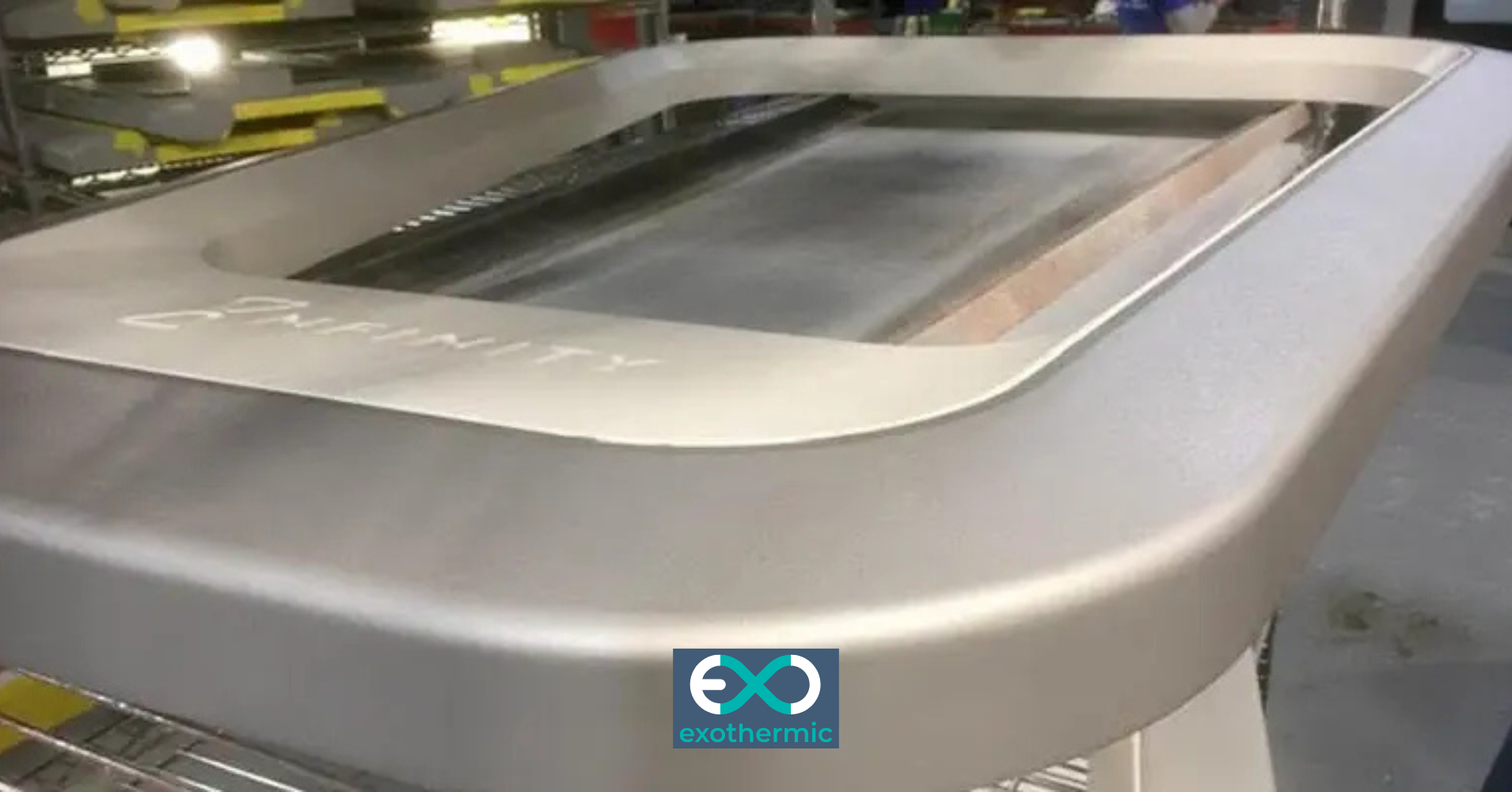Why Your Next Complex Part Shouldn't Be Injection Molded
Engineering teams face this scenario repeatedly: a complex plastic component with annual volumes...
By: Paul Steck on Jan 14, 2025 8:00:00 AM

In today's competitive manufacturing landscape, engineers and production managers face mounting pressure to reduce costs, accelerate time-to-market, and improve product performance.
While traditional injection molding has long been the default choice for plastic part production, Reaction Injection Molding (RIM) emerges as a transformative alternative that deserves serious consideration, particularly for complex, large-scale components produced in low to medium volumes.
RIM fundamentally differs from traditional injection molding by utilizing two liquid components that react and cure within the mold, enabling faster cycle times, lower tooling investments, and reduced material waste. This process opens up new possibilities for design innovation while delivering substantial cost savings for the right applications.
The economic advantages of RIM are particularly compelling in today's market. Traditional injection molding requires expensive hardened steel tools that can cost hundreds of thousands of dollars, whereas RIM tooling can be manufactured from aluminum at a fraction of the price. For annual production volumes between 500 and 5,000 units, this dramatically lower tooling investment allows companies to minimize upfront costs while maintaining exceptional part quality.
Time-to-market advantages prove equally significant. Where traditional injection mold tooling typically requires 12 to 16 weeks to produce, RIM tools can often be manufactured in just 4 to 6 weeks. This acceleration enables faster product launches and more agile responses to market demands, providing a crucial competitive edge in fast-moving industries.
RIM's design flexibility represents perhaps its most powerful attribute. The process allows engineers to create parts with varying wall thicknesses - from paper-thin sections to thick structural elements - all within the same component. This eliminates many design constraints associated with traditional injection molding, where uniform wall thickness is critical to prevent warping and sink marks.
Part consolidation through RIM can revolutionize product assembly by combining what might have been multiple separate components into a single molded piece, reducing assembly time and eliminating potential failure points.
The material versatility of RIM extends its advantages even further. The process can handle a wide spectrum of materials, from soft elastomers with Shore A hardness as low as 30 to rigid structural foams exceeding 80 Shore D. This adaptability allows engineers to precisely specify the exact material properties needed for their application, whether that's energy absorption, thermal insulation, or structural rigidity.
Chemical resistance and environmental durability represent additional areas where RIM excels. Through careful material selection and formulation, parts can be engineered to withstand exposure to harsh industrial chemicals, UV radiation, and extreme temperatures. This makes RIM-produced components ideal for demanding environments where traditional plastics might degrade.
For large parts, RIM truly distinguishes itself. The low viscosity of the liquid components and the relatively low pressures involved make it possible to mold massive components that would be prohibitively expensive or technically impossible with traditional injection molding. Parts exceeding several feet in dimension can be produced with excellent surface finish and dimensional stability.
However, RIM isn't the optimal solution for every application. The process typically proves less economical for very high-volume production runs where traditional injection molding's higher tooling costs can be amortized across millions of parts. Additionally, RIM parts often require some post-molding finishing work, resulting in slightly higher per-part costs compared to injection molding.
When considering the switch to RIM, manufacturers should carefully evaluate their specific requirements around production volume, part complexity, material performance needs, and time-to-market demands. Success with RIM often depends on optimizing designs to take advantage of the process's unique capabilities while accounting for its particular characteristics.
The future of manufacturing demands increasingly sophisticated solutions that can deliver superior performance while managing costs and accelerating production timelines. For many applications, particularly those requiring large, complex parts in low to medium volumes, RIM represents not just an alternative to traditional injection molding, but a superior manufacturing solution that can transform product development and production capabilities.
Engineering teams face this scenario repeatedly: a complex plastic component with annual volumes...
Engineering teams seeking manufacturing solutions for complex plastic parts often compare different...
The conversation around RIM versus injection molding extends far beyond simple cost comparisons—it...